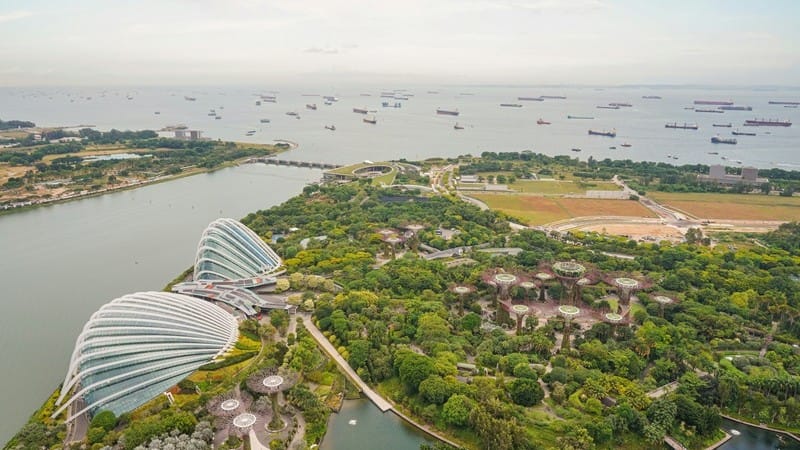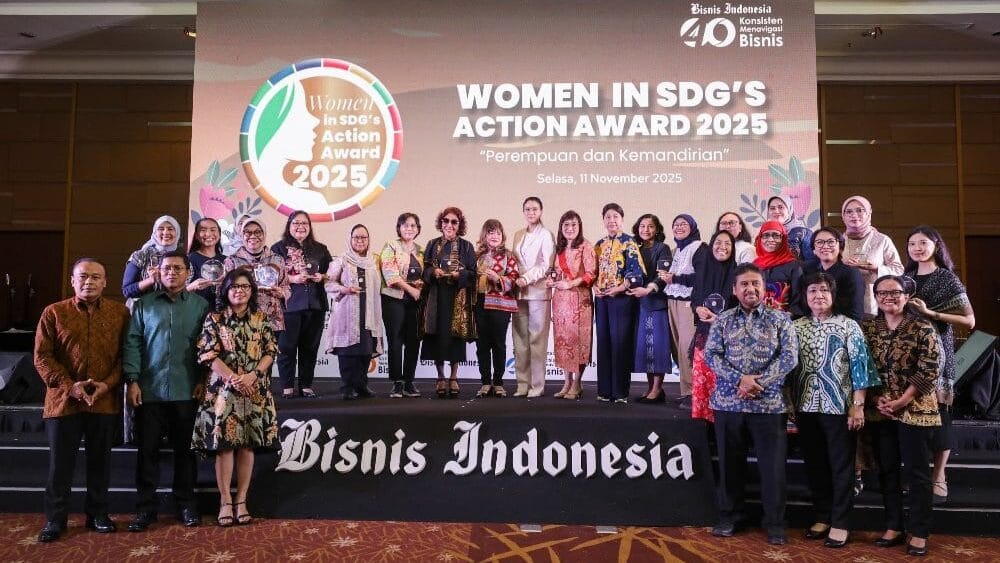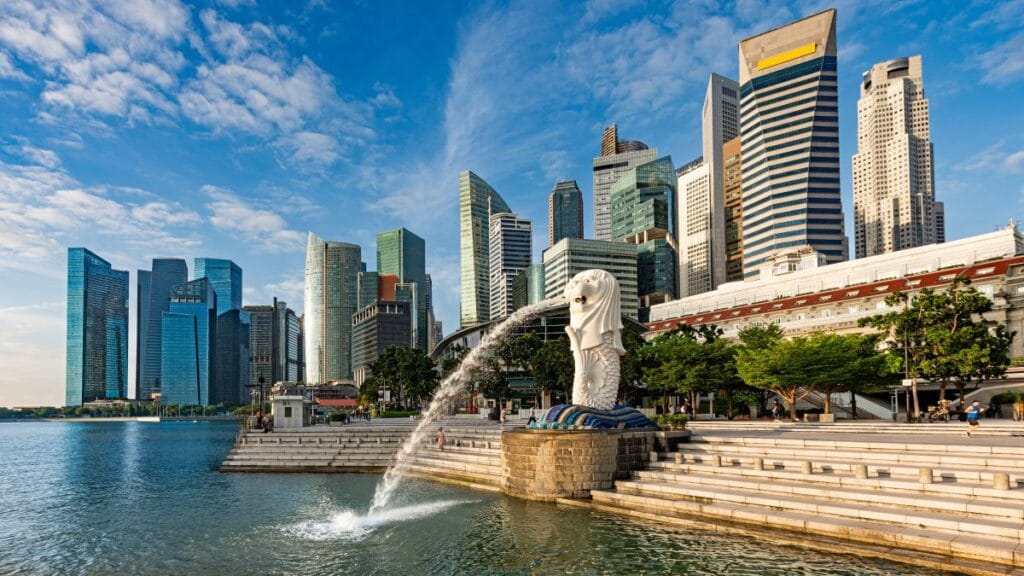Singapore — In 2025, Singapore has been officially recognized as the world’s shadiest country, a title that reflects decades of deliberate urban planning, large-scale tree planting, and architectural innovation designed to protect citizens from the intensifying effects of global heat waves.
The recognition comes at a time when extreme heat has become one of the deadliest climate threats, killing more people annually than floods, storms, and wildfires combined. Cities, in particular, are heating up at twice the rate of rural areas due to the urban heat island effect, making shade and cooling strategies a matter of survival.
Singapore’s journey toward becoming the world’s shadiest nation began under the leadership of its founding Prime Minister, Lee Kuan Yew, who launched the “Garden City” vision in the 1960s. Over the decades, the city-state invested heavily in canopied sidewalks, tree-lined boulevards, and building designs that maximize shade. Today, nearly every major street and public space in Singapore offers some form of natural or structural cover.
Urban planners highlight that Singapore’s success lies in its integration of greenery with infrastructure. From vertical gardens on skyscrapers to shaded pedestrian networks, the city has turned climate adaptation into a defining feature of its identity. This approach not only reduces heat exposure but also enhances livability and public health.
Experts argue that Singapore’s model offers valuable lessons for other megacities in Asia struggling with rising temperatures. By prioritizing shade, greenery, and sustainable design, cities can mitigate the worst impacts of climate change while improving quality of life for residents.
Looking ahead, Singapore plans to expand its efforts with next-generation cooling strategies, including reflective materials, smart urban design, and further integration of green corridors. Its recognition as the world’s shadiest country in 2025 is not just a symbolic title—it is a blueprint for how cities can thrive in an era of climate uncertainty.









